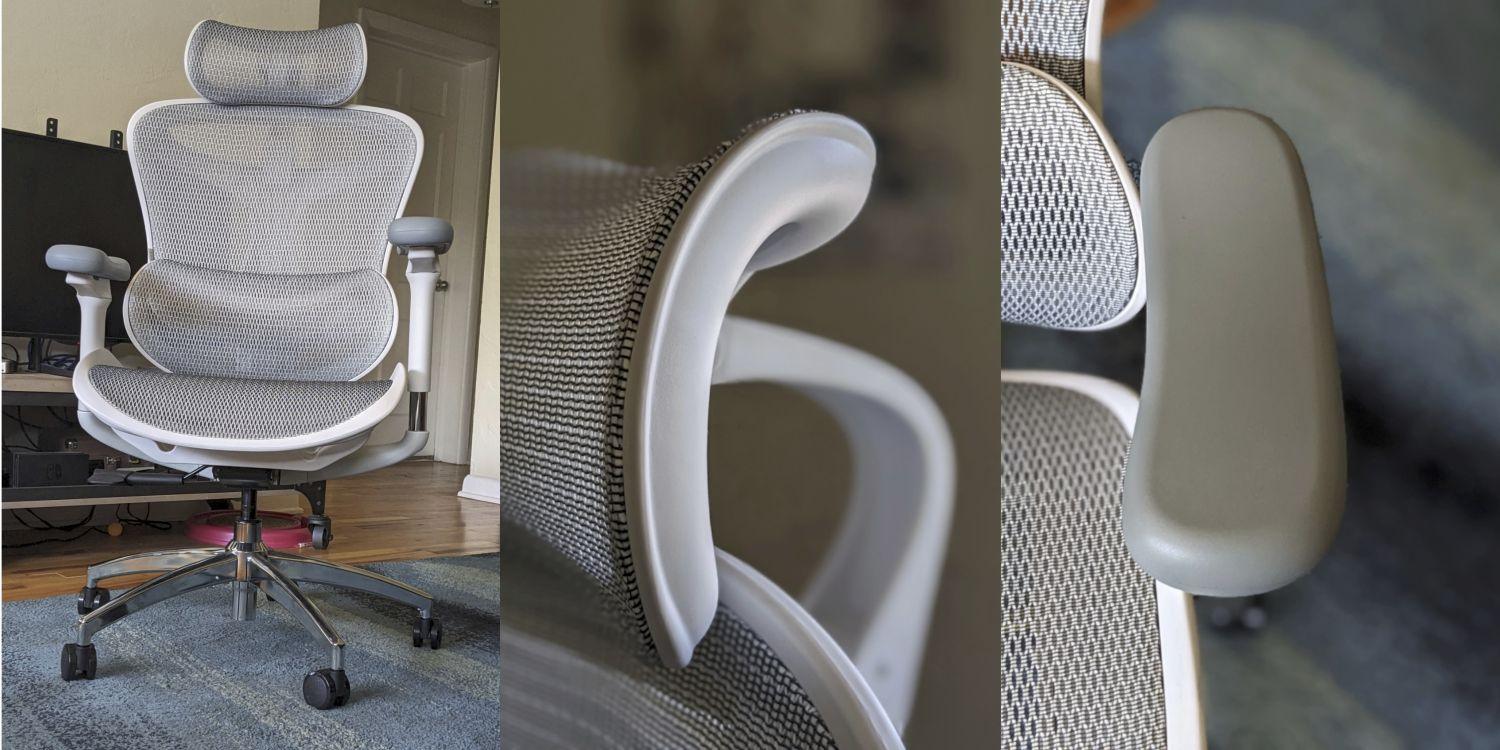One key element in achieving a healthy and productive workspace is investing in an ergonomic chair. These specially designed chairs can make a significant difference in your posture, comfort, and overall work experience. In this article, we will explore the world of DIY ergonomics, focusing on tips for setting up your workspace with an ergonomic chair to promote a healthier and more comfortable work environment.
Understanding Ergonomics
Before diving into the specifics of setting up your workspace with an ergonomic chair, it's essential to understand the concept of ergonomics. Ergonomics is the science of designing and arranging objects so that they interact efficiently and safely with the people who use them. In the context of a workspace, ergonomic design aims to create an environment that minimizes discomfort and reduces the risk of musculoskeletal disorders.
Choosing the Right Ergonomic Chair
The foundation of a comfortable and ergonomic workspace lies in selecting the right chair. When choosing an ergonomic chair, consider the following factors:
a. Adjustable Features: Opt for a chair with adjustable features, including seat height, armrests, and backrest. This customization allows you to tailor the chair to your body's unique needs.
b. Lumbar Support: Look for a chair with proper lumbar support to maintain the natural curve of your spine. Adequate lumbar support helps prevent lower back pain and promotes good posture.
c. Seat Depth and Width: Ensure that the chair's seat depth and width accommodate your body size. You should be able to sit comfortably with your feet flat on the floor and your knees at a 90-degree angle.
d. Material and Padding: Consider the material and padding of the chair to ensure both comfort and durability. Breathable materials can help prevent discomfort during long work hours.
e. Swivel Base and Casters: A chair with a swivel base and smooth-rolling casters allows for easy movement and accessibility within your workspace.
Setting Up Your Ergonomic Chair
Once you've chosen the right ergonomic chair, it's time to set it up for maximum comfort and effectiveness. Follow these DIY ergonomic tips:
a. Adjust Seat Height: Start by adjusting the seat height so that your feet are flat on the floor and your knees form a 90-degree angle. This position promotes proper blood circulation and reduces the risk of discomfort.
b. Set Backrest Angle: Adjust the backrest angle to support the natural curve of your spine. Your lower back should be snug against the lumbar support, preventing slouching and promoting good posture.
c. Position Armrests: Adjust the armrests to a height that allows your shoulders to relax and your elbows to form a 90-degree angle. This minimizes strain on your shoulders and neck.
d. Align Monitor Height: Position your computer monitor at eye level, ensuring that your gaze is straight ahead. This prevents neck strain and encourages a neutral head position.
e. Maintain Elbow Angle: Keep your elbows close to your body and form a 90-degree angle when typing. This helps prevent shoulder and arm discomfort associated with reaching for the keyboard or mouse.
f. Use a Footrest: If your feet don't comfortably reach the floor, consider using a footrest. This helps maintain proper posture and reduces pressure on your lower back.
g. Take Breaks: Regardless of how well your ergonomic chair is set up, taking regular breaks is essential. Stand up, stretch, and move around every 30 minutes to prevent stiffness and improve circulation.
Incorporating Ergonomic Accessories
Enhance the ergonomic benefits of your workspace by incorporating accessories that complement your office chair:
a. Ergonomic Desk: Invest in a desk with an adjustable height to complement your ergonomic chair's features. This allows you to maintain a comfortable and aligned posture while working.
b. Keyboard and Mouse Placement: Position your keyboard and mouse at a height that allows your wrists to remain straight. Consider using an ergonomic keyboard and mouse to reduce strain on your hands and wrists.
c. Task Lighting: Ensure proper lighting to reduce eye strain. Use adjustable task lighting to illuminate your workspace without causing glare on your computer screen.
d. Cable Management: Organize and secure cables to prevent tripping hazards and create a tidy workspace. This not only enhances safety but also contributes to a more focused and efficient work environment.
DIY Ergonomics on a Budget
Creating an ergonomic workspace doesn't necessarily mean breaking the bank. Here are some budget-friendly DIY tips:
a. Repurpose Existing Furniture: If purchasing a new ergonomic chair is not an immediate option, consider adding cushions or pillows to your current chair to improve comfort and support.
b. Use Household Items: Experiment with household items to achieve the desired height or support. Books, small boxes, or even folded towels can serve as makeshift solutions until you can invest in proper ergonomic accessories.
c. DIY Lumbar Support: Create your own lumbar support using a small pillow or a rolled-up towel. Secure it to your chair to maintain the natural curve of your spine.
d. Monitor Risers: Elevate your monitor using books or sturdy boxes to achieve the optimal eye level. This simple adjustment can significantly improve your posture and reduce neck strain.
Conclusion
In conclusion, investing time and effort into setting up an ergonomic workspace with the right chair can have a profound impact on your well-being and productivity. By understanding the principles of ergonomics, choosing the right chair, and implementing DIY adjustments, you can create a comfortable and supportive environment tailored to your unique needs.
Remember that ergonomics is an ongoing process, and periodic reassessment of your workspace is crucial. As you adapt to changes in your work routine or acquire new equipment, make the necessary adjustments to ensure that your workspace remains ergonomically sound. Prioritizing your physical health and comfort today will pay off in the long run, contributing to a more enjoyable and sustainable work experience.



































